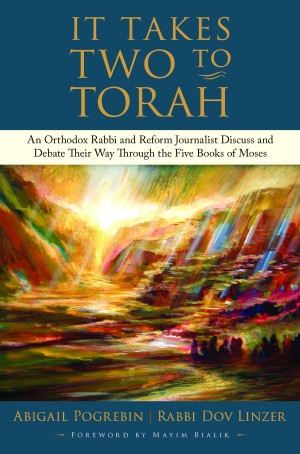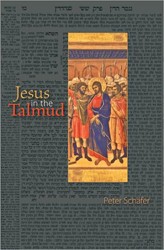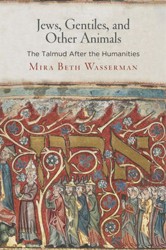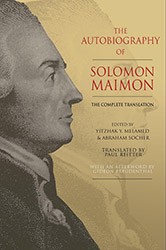Stories portraying heretics (‘minim’) in rabbinic literature are a central site of rabbinic engagement with the ‘other’. These stories typically involve a conflict over the interpretation of a biblical verse in which the rabbinic figure emerges victorious in the face of a challenge presented by the heretic. In this book, Michal Bar-Asher Siegal focuses on heretic narratives of the Babylonian Talmud that share a common literary structure, strong polemical language and the formula, ‘Fool, look to the end of the verse’. She marshals previously untapped Christian materials to arrive at new interpretations of familiar texts and illuminate the complex relationship between Jews and Christians in Late Antiquity. Bar-Asher Siegal argues that these Talmudic literary creations must be seen as part of a boundary-creating discourse that clearly distinguishes the rabbinic position from that of contemporaneous Christians and adds to a growing understanding of the rabbinic authors’ familiarity with Christian traditions.

Jewish-Christian Dialogues on Scripture in Late Antiquity
Discussion Questions
In Jewish-Christian Dialogues on Scripture in Late Antiquity, Michal Bar-Asher Siegal focuses on the heretic (minim) narratives of the Babylonian Talmud. She lucidly argues that in order for them to be properly understood, these stories need be read against the background of the contemporary Christian polemics. Bar-Asher Siegal shows that the rabbis were aware of and familiar with Christian understandings of biblical texts. This work offers new and important understandings of familiar material, and contributes to the new understandings of the relationship between Jews and Christians in late antiquity.

Help support the Jewish Book Council.



